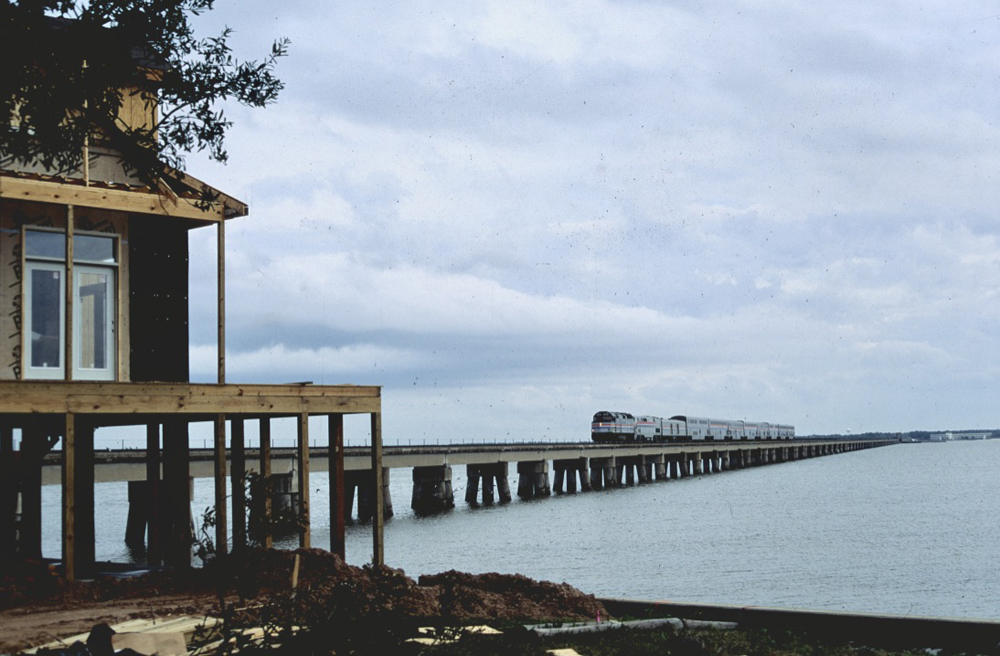
WASHINGTON —The latest salvo in Amtrak’s attempt to launch two daily round trips between New Orleans and Mobile, Ala., has landed at the Surface Transportation Board in the passenger railroad’s 80-page “Response in Opposition to the Motion to Dismiss.”
Responding to a 284-page filing by CSX Transportation and Norfolk Southern on April 5, the passenger railroad characterizes the railroads’ objections as effectively forcing Amtrak to jump “through various hoops of CSX’s and NS’s own invention that the statute nowhere requires.” It points out CSX refused to participate in a 2017 feasibility study undertaken jointly with the Federal Railroad Administration and the Congress-empowered Gulf Coast Working Group, which included the sponsoring Southern Rail Commission and Amtrak.
In their filing, the railroads asked the board to dismiss Amtrak’s request to begin operating trains [see “Amtrak asks STB to require …,” Trains News Wire, March 16, 2021] because:
— The freight railroads never actually told Amtrak it couldn’t run the trains, since the capacity modeling initiated a year earlier (at Amtrak’s expense but not under its control) had never been completed;
— Adding two passenger round trips would have significant environmental consequences, which should require Amtrak to submit a new environmental review;
— No service preparations, such as platform rebuilding or other upgrades, could begin under an “interim order” unless the STB first decides service can begin.
The railroads’ argument, reflected in letters of support of their stance by the Port of Mobile and many Alabama politicians [see “Gulf Coast passenger filings pit Alabama against Mississippi,” Trains News Wire, April 29, 2021] is that service can’t begin until the latest Rail Traffic Controller modeling study, begun in early 2020, is completed.
But Amtrak’s new filing asserts that, because the variables and assumptions under which the study has continued to be manipulated and therefore never finished, its view is “that unless CSX and NS were willing to share all the operationally relevant inputs, the outputs of the study would be meaningless.”
Amtrak noted that, from the outset, the railroads rejected a collaborative approach by demanding that Southern Rail Commission members not participate in the process. A CSX representative also would not reveal any parameters to Trains News Wire.
Infrastructure work a key issue in previous negotiations
Federal Railroad Administration engineering staff was involved in evaluating a 2016 capacity modeling study, conducted by HDR Consulting and sponsored by CSX, that estimated $2.3 billion of infrastructure upgrades to existing tracks would be needed to host two daily passenger trains between New Orleans and Mobile, with one continuing east to Jacksonville, Fla.
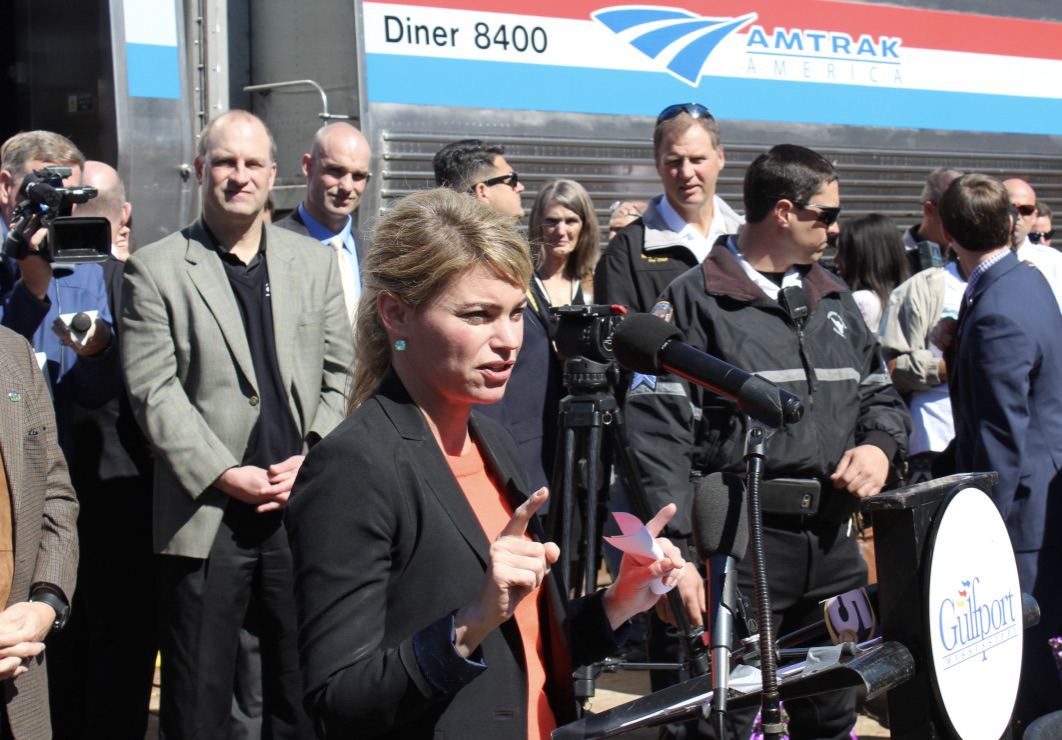
That study contended that passenger service couldn’t restart on the New Orleans-Jacksonville route without:
— 182 miles of second main track, sidings, and yard bypasses;
— 243 miles of CTC and 392 miles of PTC;
— Replacement of three drawbridges;
— Improvement of 14 drawbridges.
The FRA rejected the study’s key assumption that approach tracks were necessary on both sides of every drawbridge, based on the idea that marine traffic always has the right-of-way so bridges must open “on demand.” The U.S. Coast Guard and other rail operators confirm bridge openings on passenger corridors are routinely regulated on much busier lines by establishing periods when lifts aren’t permitted. Additionally, bridge-lift delays are excluded when calculating host railroad incentive payments for on time performance.
Trains News Wire asked the FRA, whose staff evaluated the earlier HDR and Gulf Coast Working Group analyses, if it had been given access to results from the various iterations of the latest RTC modeling. In an emailed statement, the FRA only responded with general statements about how such traffic simulations are conducted and what information is normally shared, offering no specifics.
The new Amtrak filing notes that in the previous deliberations, when CSX was asked “if it would be willing to continue to work with the stakeholders of the Gulf Coast Working Group to collaborate towards a mutually agreed on determination of cost,” CSX’s representative “replied, ‘no, CSX would not continue to work with the group.’”
The Surface Transportation Board must now rule on these competing claims regarding what infrastructure improvements are necessary and reasonable to allow passenger service without adversely impacting freight operations.
It is clear Amtrak’s decision to take its case to the STB was triggered by the realization that only a regulatory body’s investigation could force the railroads to be transparent. Even so, Amtrak, CSX, and Norfolk Southern together on April 5 filed a “Revised Joint Motion for Protective Order” which requests that certain information obtained by the STB in the upcoming discovery process be labeled “confidential” or “highly confidential,” because the parties deem it to be proprietary. So it remains to be seen how much everyone will learn as the process advances.
Regardless, the outcome will certainly set a precedent for any passenger rail expansion when a host railroad insists it alone is entitled to determine how much publicly funded investment in its infrastructure and capacity it is willing to accept.






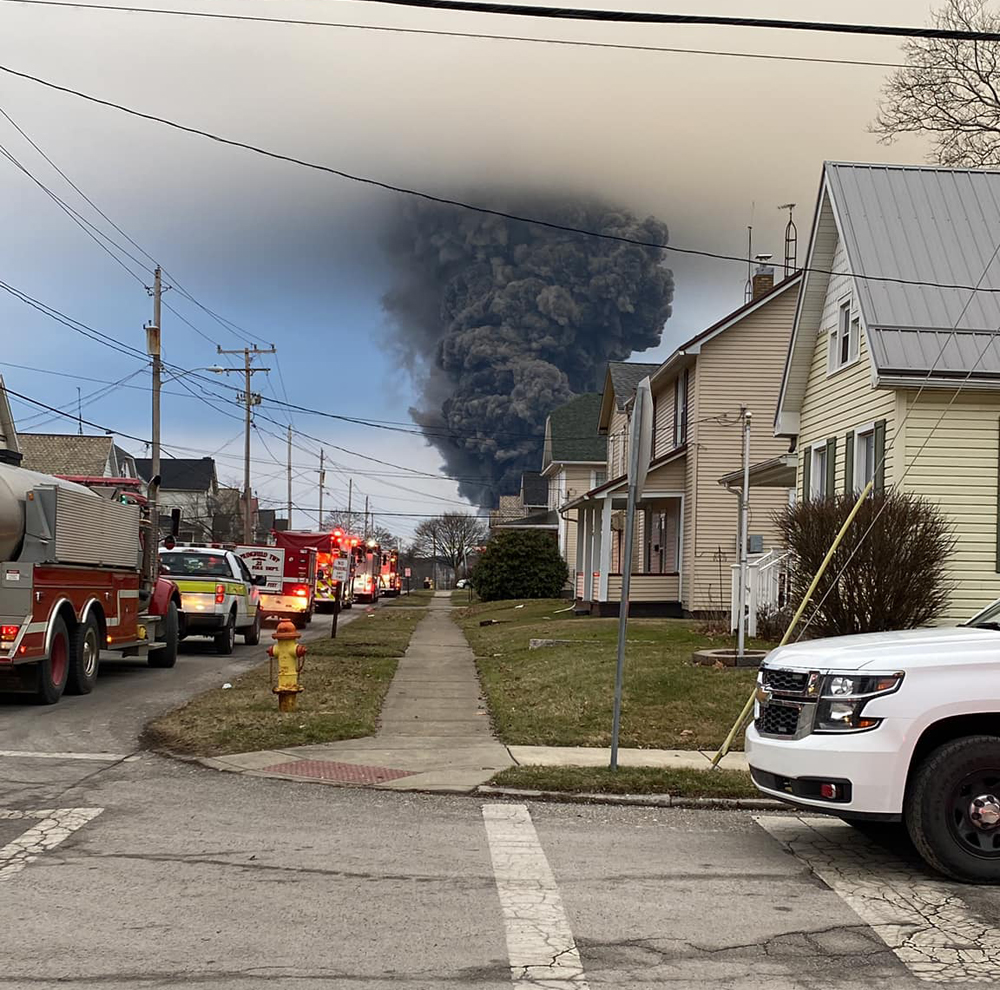

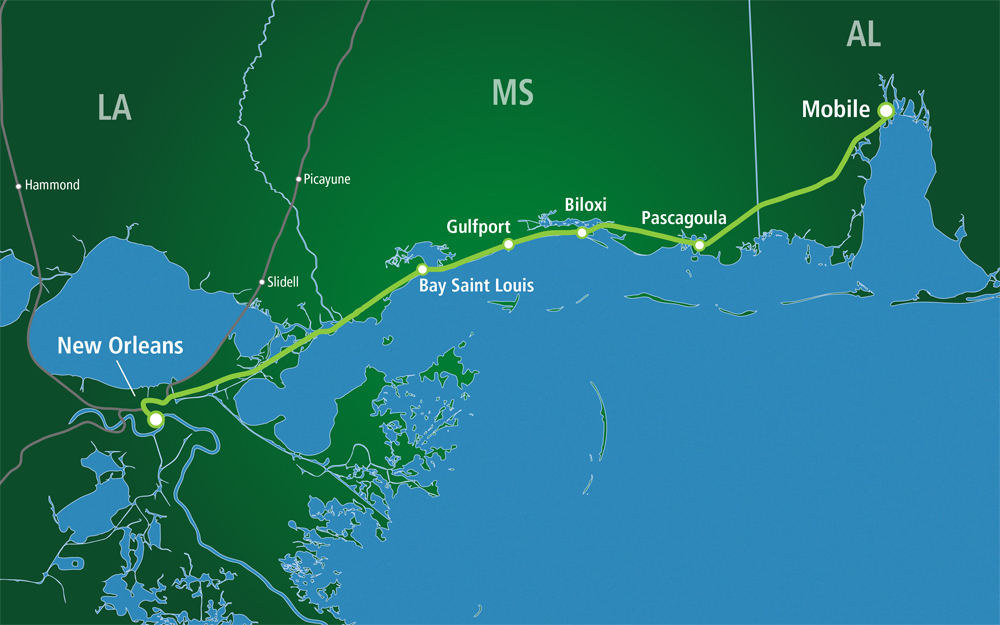
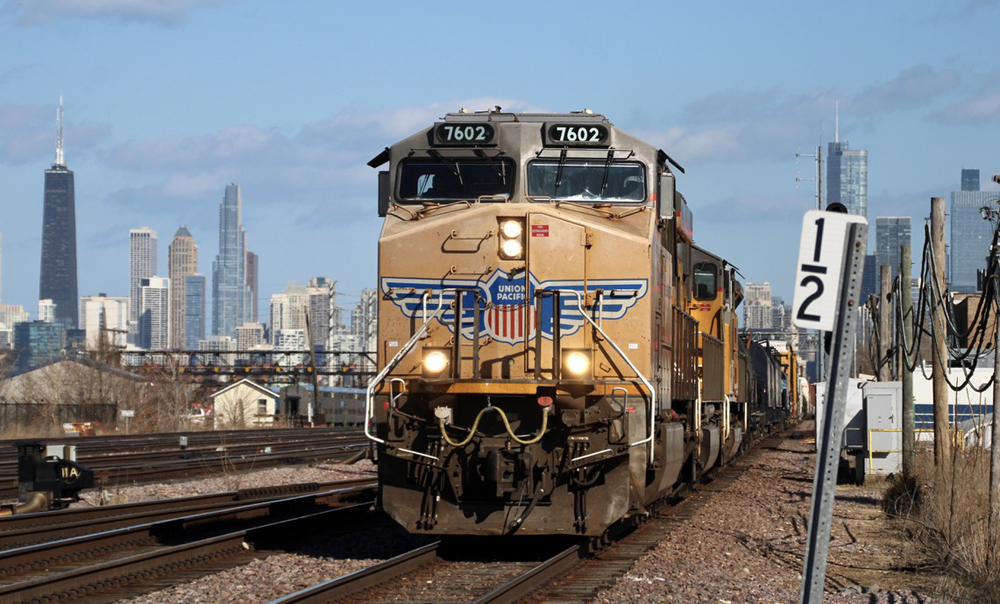




What needed capacity improvements needed. Presently live, drive by, or work near a good portion of half the route. with CSX’s PS Railroading, the route has 40% less traffic than 2016 study. Can’t see whats occupying all that vacant track.
Only place that could use more improvement is the double section of NS between where CSX joins it near Elysian Fields Avenue and where Amtrak would be handed off to New Orleans Union Passenger Terminal. Traffic is always sitting here to get clear signals to head into NS & CSX yards going east or to the KCS & CN yards to west as well as access to the Huey P. Long bridge across the Mississippi River.
I hope that Amtrak wins on this.
And when they do, I hope it opens the door to more Amtrak service around the country. With fewer obstacles to starting service.
I think if you had railroaders in charge of railroads and Wall Street looked at the long term return instead of short term none of these issues with Amtrak expansion would exist or would be a lot easier and less expensive to resolve.
Well said Gerald!